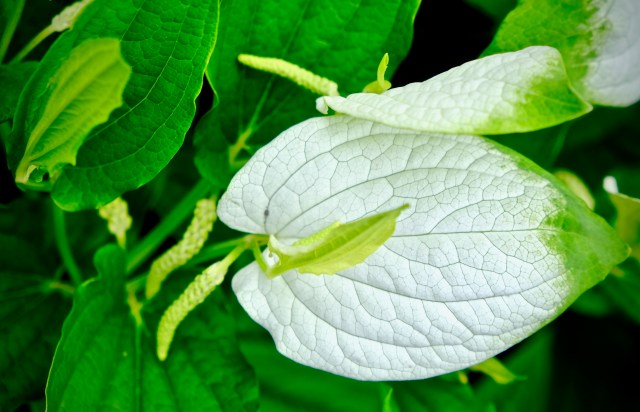I have always been curious about the Kiri Paulownia or Princess tree (Paulownia tomentosa). I had been living in Kyoto for at least a decade before I ever got my first glimpse of a real one, and even that was accidentally whilst on a neighborhood walk through a pharmaceutical botanical garden. It is one of the fastest growing trees in the world and can reach a height of up to 30 meters. Its leaves are huge and heart shaped and late to come in on the tree. The white/mauve flower which resembles a foxglove, often precedes the deciduous leaf. Actually, it was not surprising that I had not come across a live specimen given that such a tree is rather out of scale for a regular Japanese urban garden.


The Paulownia flower pattern go-shichi-no-kiri is the official symbol of the Prime Minister’s office in Japan. It also serves as the Government of Japan’s seal for official documents, so my first encounter with kiri was as the gold crest emblazoned on the “Gaijin/Foreign Resident’s” card that I was required to carry at all times whilst living in Japan. The pattern became very familiar without even consciously noticing it, as it is also printed on the obverse side of the 500 yen coin as part of the Japanese currency.

Paulownia also has a long history in Japanese folklore. Traditionally, when a new daughter was born into a Japanese family, they would plant a “Princess” tree to commemorate her birth. By the time that the daughter was ready to marry, the tree would be cut down to make a dowry wooden chest and other items used for wedding gifts. From China, the Japanese also adopted the ancient myth that if a Paulownia tree was planted near the house, the legendary Phoenix would come across their land bringing wisdom and prosperity. Additionally, the timber produced from Paulownia is light and at the same time exceptionally strong. It is water resistant and has wonderful resonance which makes it highly valued for making traditional wooden instruments like the koto. The name for the 34th micro-season refers to the production of an oval shaped fruit, borne after the white-lavender colored Paulownia flower has bloomed.

The period of midsummer also marks one of the 24 seasonal points known as Taisho which translates as “Greater Heat”. It’s considered to be the hottest time of the year which stretches for about 18 days from July 20th. These are truly the “dog days” of summer and are known as doyō. Conserving energy and health is an important consideration for Kyoto citizens at this time of the year and even in modern times, it is common wisdom that one should eat unagi freshwater eel to preserve one’s strength. Eel is easy to digest and is full of protein. In Kyoto it is grilled so that it becomes chewy and served in a sweet savoury sauce. It is not an everyday dish and in recent times has become almost prohibitively expensive due to overfishing. It takes considerable skill to prepare eel in the kabayaki style which is highly prized, and so it is almost always bought from a store rather than cooked at home. Kabayaki style involves the eel being filleted, skewered and grilled whilst being basted with a thick sauce. Like so much traditional Japanese cuisine, the preparation while seeming relatively simple requires a lot of practice. There’s even a saying in Japanese that: “it takes three years to learn how to skewer, eight years for filleting and a lifetime for grilling”. This year it was a great pleasure to indulge myself for this “once a year treat”. The unagi was indeed delicious with a smoky barbecue flavor. It energized both my body and soul and was especially good washed down with an ice cold beer.






































































































